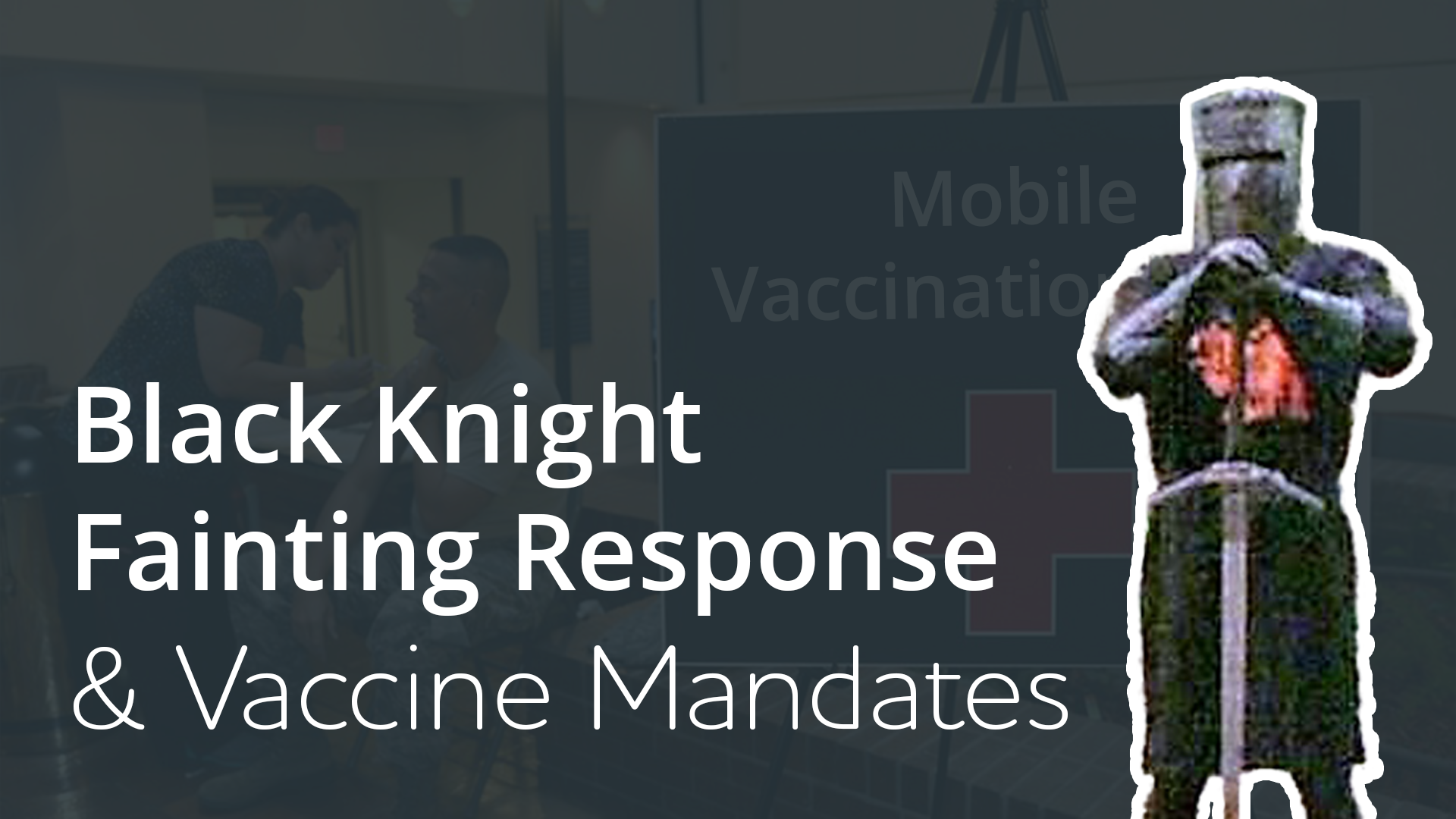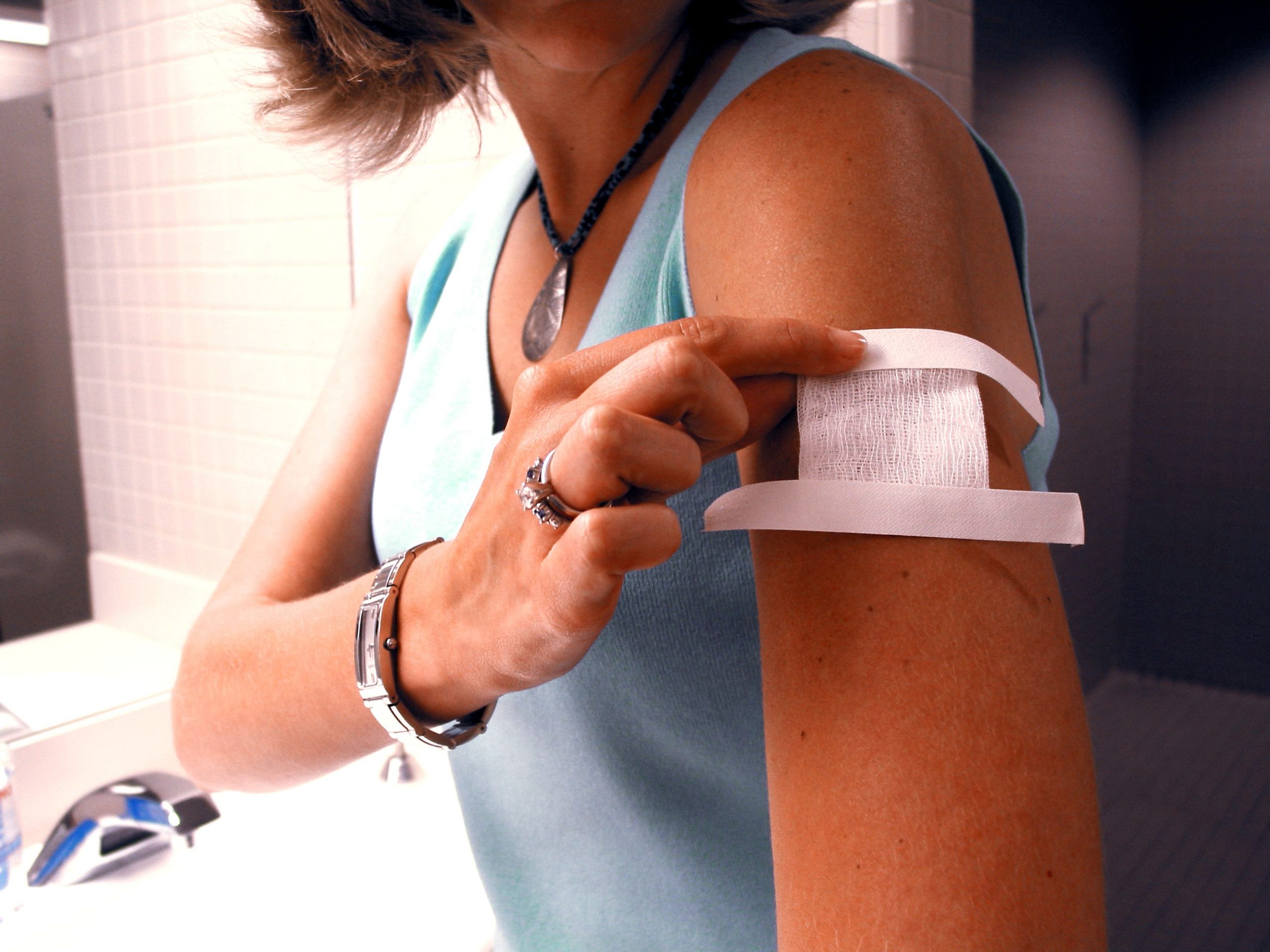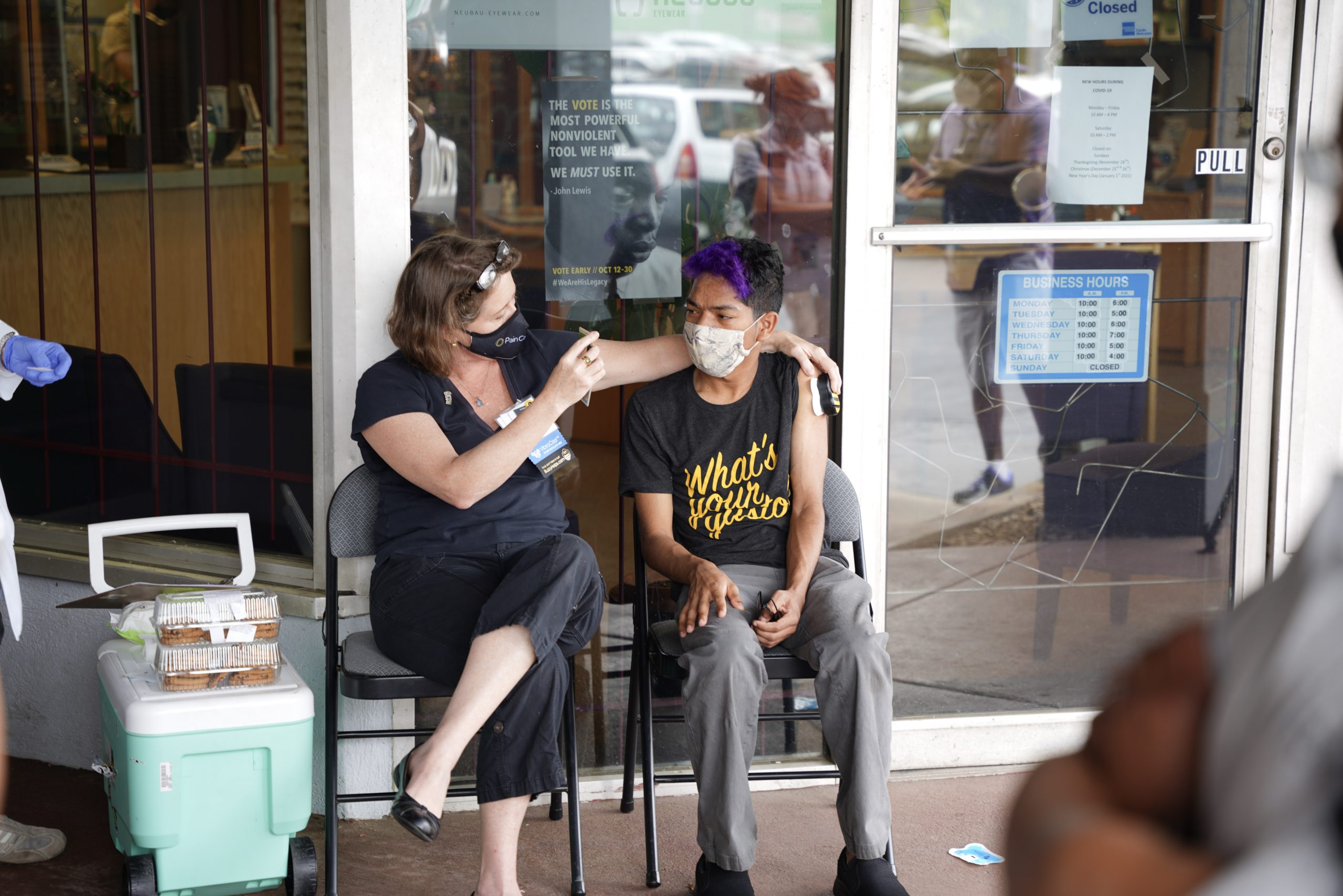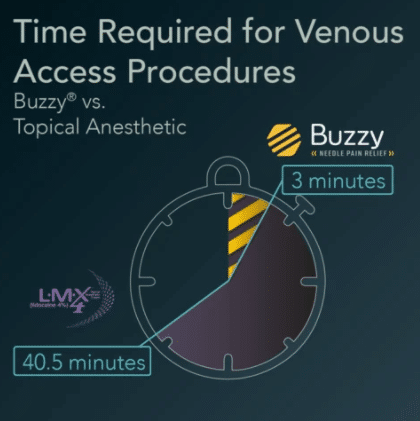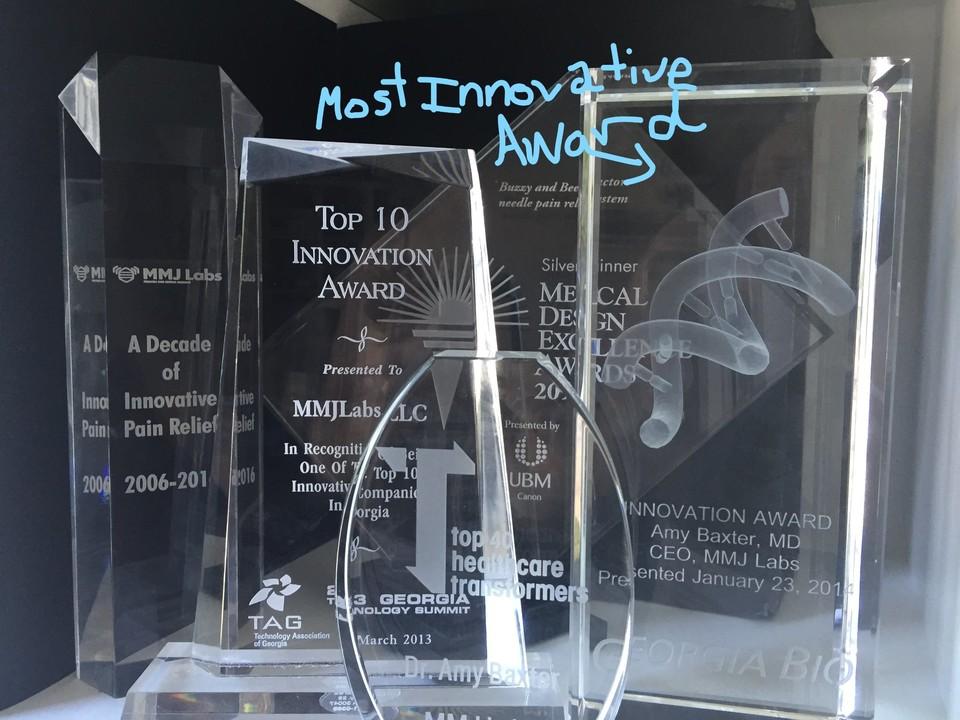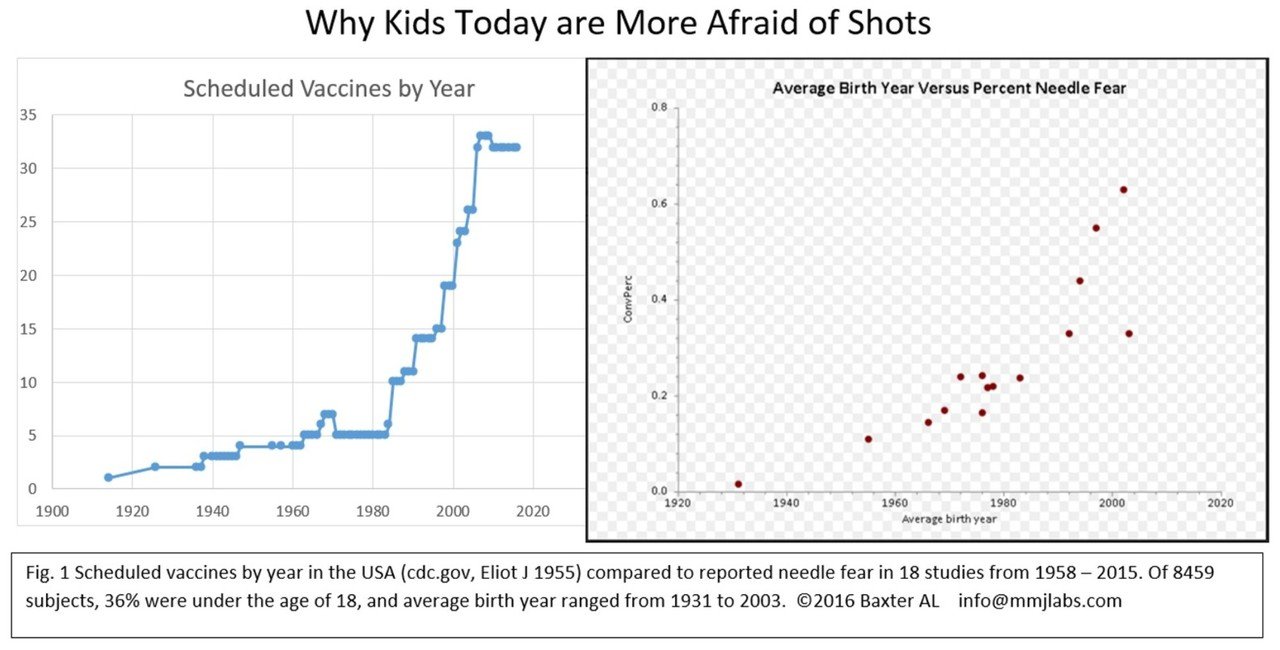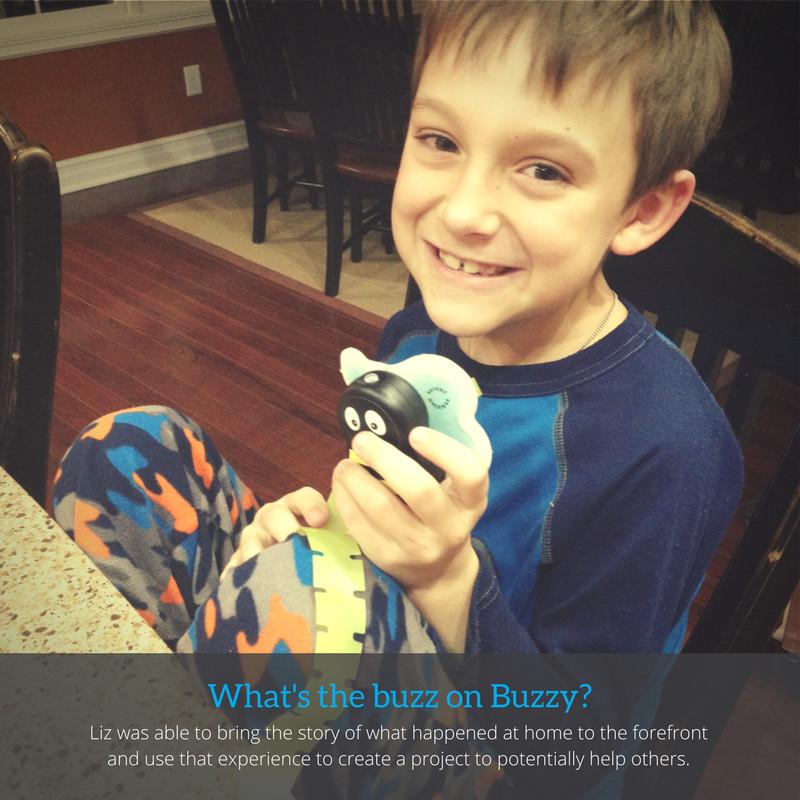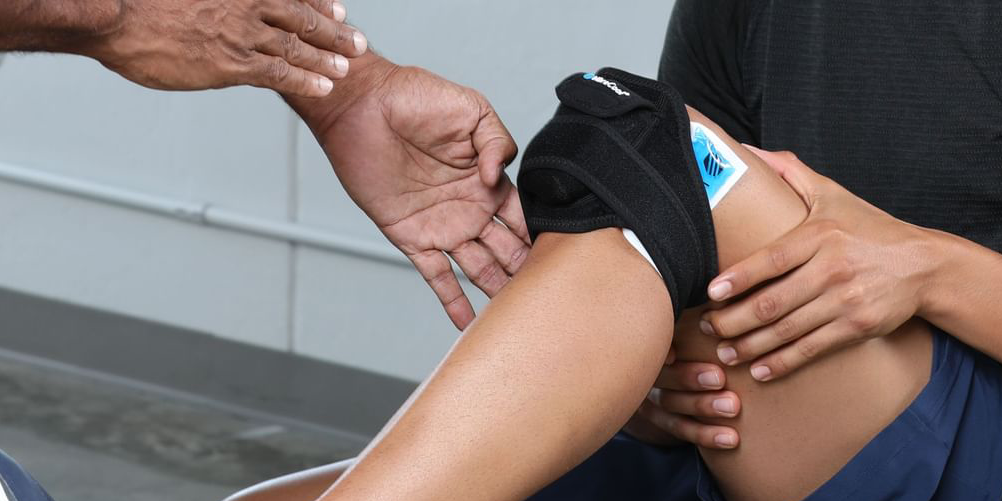
Pain Management Using M-stim vs. E-stim
Pain Management Using M-Stim vs. E-Stim To understand how to engage in natural pain management to treat aches and pains, you need to understand a bit of biology and how the human body perceives pain. The body has specialized nerve endings that sense touch. These include: The Meissner corpuscles, which perceive low-frequency vibrations, such as an object moved across the skin The Pacinian corpuscles, which are a lot like Meissner in that they tell about the dynamic qualities of stimuli Merkel disks help us sense pressure and texture Ruffini corpuscles, which are located in the tendons and ligaments and can help with the sensation of stretch These are triggered by specific frequencies of movement or mechanical pressure, and are transmitted on large, fast groups of A and B nerves that overpower small, fast, free Ad nerve endings that transmit pain. The Role of Nerve Endings in Pain Management To put it in physical terms, think about the body’s pain management system this way: Putting icy menthol (like Tiger Balm) on a hurt shoulder makes the fast pain signal less intense (Meissner). Pressing your hip when you bang it on a table or using acupressure to relieve pain (Merckel) Stretching

